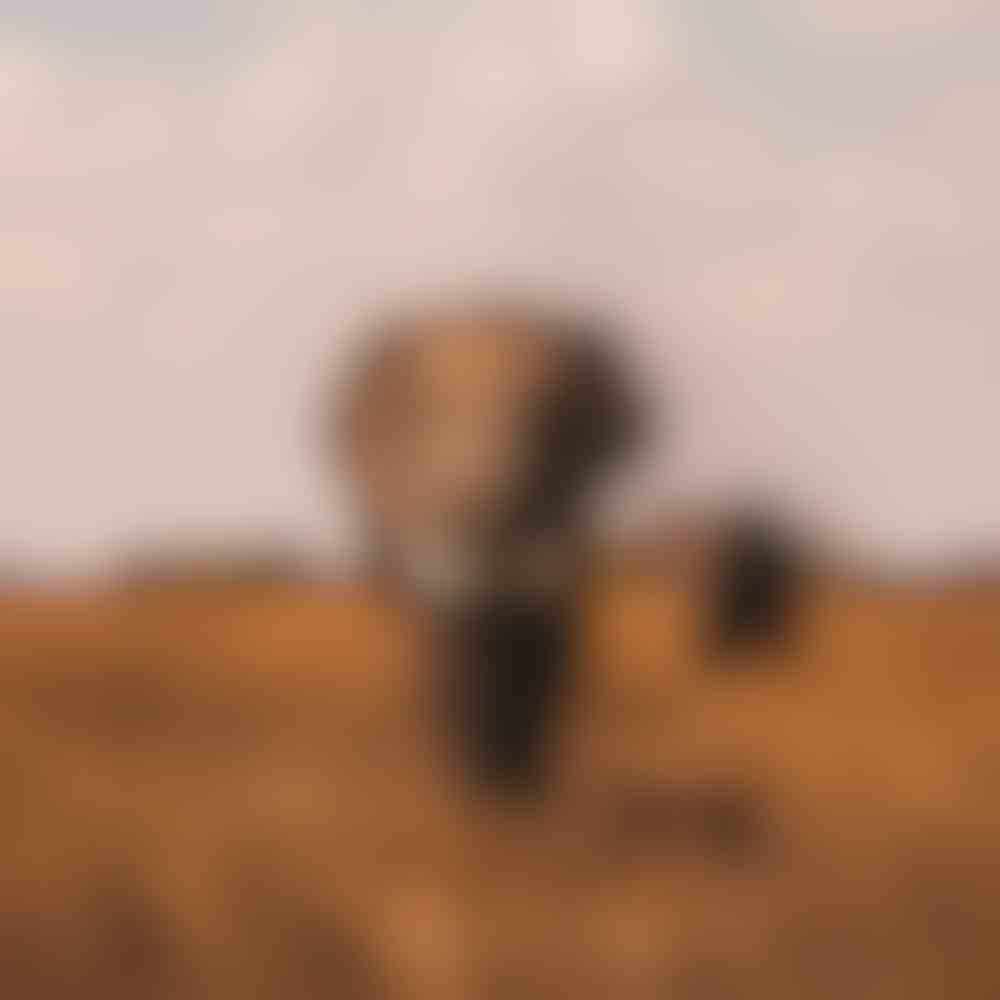Improving and Developing our Vet Clinic
The Ol Jogi veterinary clinic was built in 1995 and was ahead of its time. Yet veterinary medicine is evolving at an exponential rate and needed to keep up. In 2018, Ol Jogi partnered with the Smithsonian as a part of their Global Health Program. The program was to be a collaborative partnership between the Smithsonian, the Kenya Wildlife Service, Mpala Research Center, and Ol Jogi. We now had a veterinarian to spearhead various pertinent veterinary and conservation research initiatives but also a qualified person to guide the process of improving our clinic.
We required additional resources to fully exploit this opportunity. Several generous donors came to our aid and we were able to source a significant amount of important equipment for our clinic. To name but a few, we were able to purchase a modern and state-of-the-art portable digital x-ray as well as Wi-Fi & Bluetooth-enabled microscope with a camera, different weighing scales, and installed solar power and batteries to enable self-sufficient 24/7 power.
Suddenly, the Ol Jogi veterinary clinic had come to life. The Kenya Wildlife Service veterinarians were bringing wildlife patients to our clinic, samples were being collected, scrutinized, diagnosed and stored as a part of a bio-bank. Rhino dung endocrine samples were being collected and delivered every week and latterly hormones were being extracted for analysis. And we suddenly had a consistent flow of wildlife orphans being treated and cared for in our wildlife rescue center.
In October 2019, as a part of a collaborative “Advanced Rhino Veterinary Medicine Workshop,” our veterinary clinic became the platform for a large animal pathology demonstration that involved more than 20 vets and students. The veterinary delegates visited our rhino rescue center where we demonstrated a functional model for rhino treatment and rehabilitation that can be used as a prototype for further initiatives elsewhere in Kenya.
One of the most striking cases we had was the rescue, treatment, and ongoing care of a mother cheetah with a severely fractured leg and her three dependent, emaciated and sick cubs. The treatment was revolutionary in Kenya as it brought together professionals from various medical fields for orthopedic surgery to save the cheetah. Ol Jogi’s veterinary clinic was transformed into a bustling emergency room as the veterinary and medical teams worked together to repair her shattered leg and to save the dying cubs. A new anesthetic regime was used including a nerve block and a propofol infusion, previously undocumented in the treatment of a wild cheetah in situ. A titanium plate was used to repair the ulna and allow for the bones to realign and heal. We thank all the veterinarians and doctors that made this intervention a success.
Today, Ol Jogi continues to strive to achieve a “gold-standard” clinic comparable to any modern veterinary clinic in the developed world. We would like to thank all of our donors, partners, experts and veterinarians, national as well as international, without whom this would not have been possible. Our special acknowledgments go to the Kenya Wildlife Service for allowing exemplary collaboration for the welfare of our wildlife.


